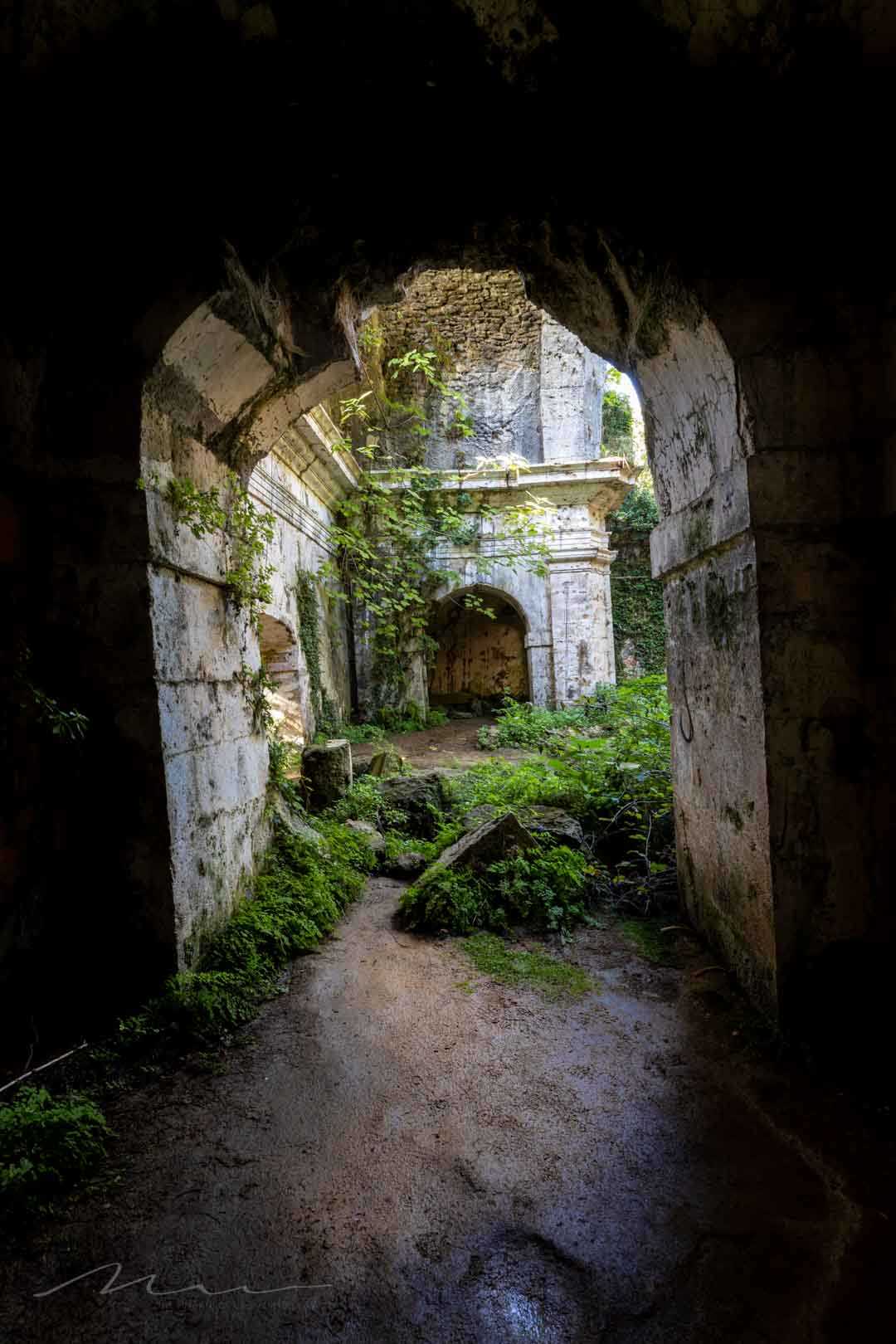Swallowed by nature
- December 04, 2023 - Journeys
PLACES OF WORSHIP ACROSS
Italy’s association with Catholicism dates back to ancient times, and over the centuries, numerous religious buildings have been constructed across the country. These structures serve as places of worship, pilgrimage, and cultural heritage. They range from small chapels and parish churches to grand cathedrals and basilicas. Ranging from 20,000 to 40,000 religious buildings, are within the realm of plausibility
Economic trends and financial constraints play a significant role in the maintenance and restoration of these structures. The cost of upkeep and restoration can be substantial, especially for older and larger buildings. Natural disasters, such as earthquakes, floods, and landslides, have also taken a toll on religious buildings in Italy. These events can cause severe damage to structures, making them unsafe or requiring extensive repairs. In some cases, the cost of restoration after a natural disaster may be prohibitive, leading to complete abandonment.

Thermal Spring
The presence of a thermal spring, inside this church, a fascinating and unique sight. Chiesa di San Vittorino is one of the many decaying former churches scattered across Italy. Her fundings date back to Roman period when the premisses used to be a temple.


One of a kind
What makes this abandoned church one-of-a-kind is the fact that it was eventually swallowed by water. “Terme di Cotilia,” a well-known thermal spring, is close enough that the water made its way into the church through a subterranean stream that broke out into a sinkhole. Eventually, water made its way to the surface, flooding the entire church from the inside and flowing outside through the front door.
Ofcourse the water sunk the ground beneath the fundings, led to the downfall of the church. The region encountered two heavy earthquakes (1703 & 1979), yet San Vittorino remains untill this day.
